How To Clean Vintage Enamelware

I was lucky enough to not only inherit a fabulous collection of vintage enamelware but also the groovy cleaning tips from the past to keep it in top condition:
Take a peek at the backstories of my still-in-use collection & discover how to maintain your own vintage enamelware:
These two little pots were once used for toting single serving meal portions to work & school.
The two cups were set directly onto the fire to boil eggs and the adorable little pot makes strong Serbian coffee to this day!
These magnificent stew pots have cooked and simmered thousands of hearty meals throughout the years and are still used at least once a week!
Unfortunately this pot’s lid lost its knob at some point. Here’s how I fixed it.
Here's the tips I inherited for cleaning enamelware:
Dirty enamelware should clean up well by hand with hot, soapy water and a soft cloth or sponge but if you’ve gotten your hands on some with stubborn stains or rusted spots these tips just might do the trick.
– Never use steel wool, metal brushes or anything that may scratch the enamel surface.
– Enamelware pots, kettles, pans & cups with unknown stains, hard white deposits, or stubborn hard water spots usually come clean if you boil peeled potatoes or a tablespoon-ish of baking soda in them. If the stain is on the outside or the enamelware is a small decorative piece simply boil it in a bigger pot.
– Create a paste mixture of lemon juice & baking soda and spread it over the stains that have built up in pitted or scratched areas, leave for an hour or so and then gently scrub with a soft sponge as you rinse it off.
– Stubborn stains can be soaked overnight in one part white vinegar mixed with two parts water. If the stains won’t budge then try soaking in bleach and water until they disappear then clean with hot, soapy water.
– After washing, dry enamelware thoroughly inside and out, leftover water drops can lead to rust.
– If you eat or cook with vintage enamelware, ensure that all surfaces that come in contact with food are intact and free of stains and corrosion.
Discover all of my free upcycled home tutorials here!
Enjoyed the project?
Suggested materials:
- Vintage enamelware
- Kitchen items




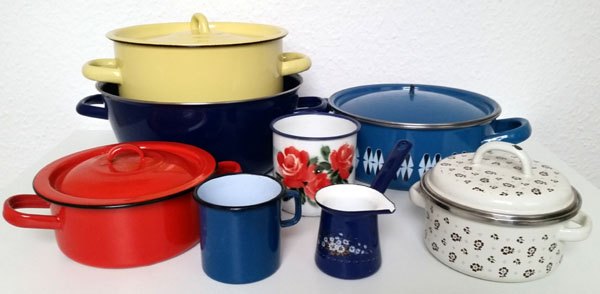





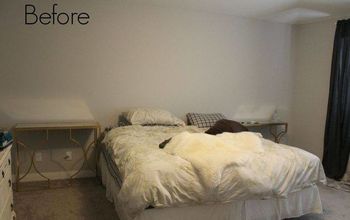
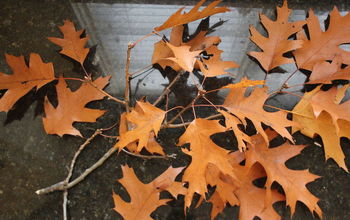



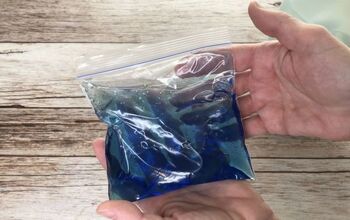
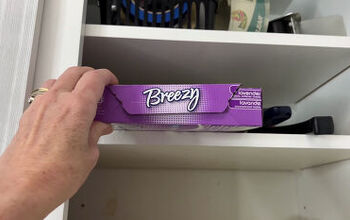


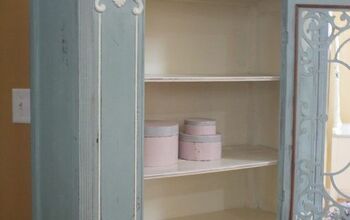
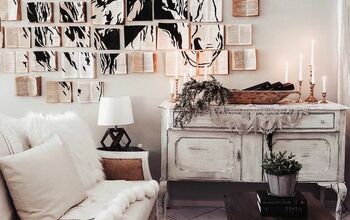
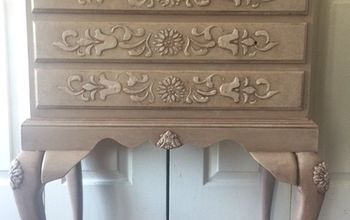
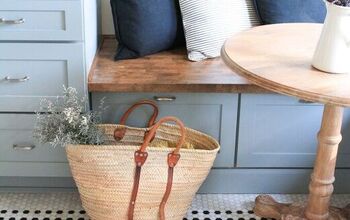


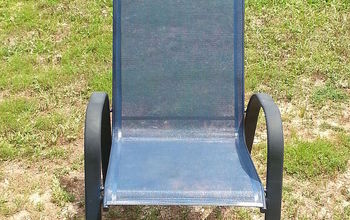
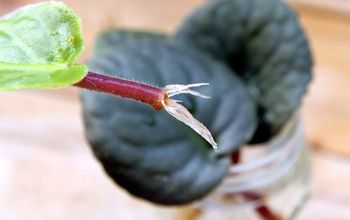
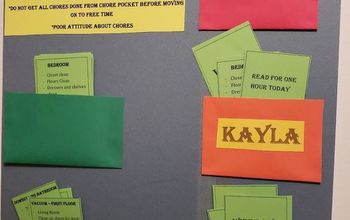

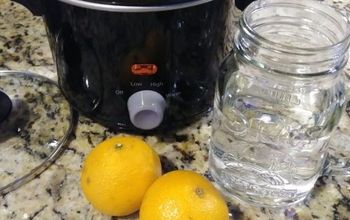

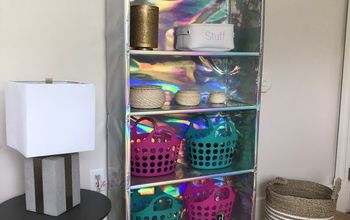

Frequently asked questions
Have a question about this project?